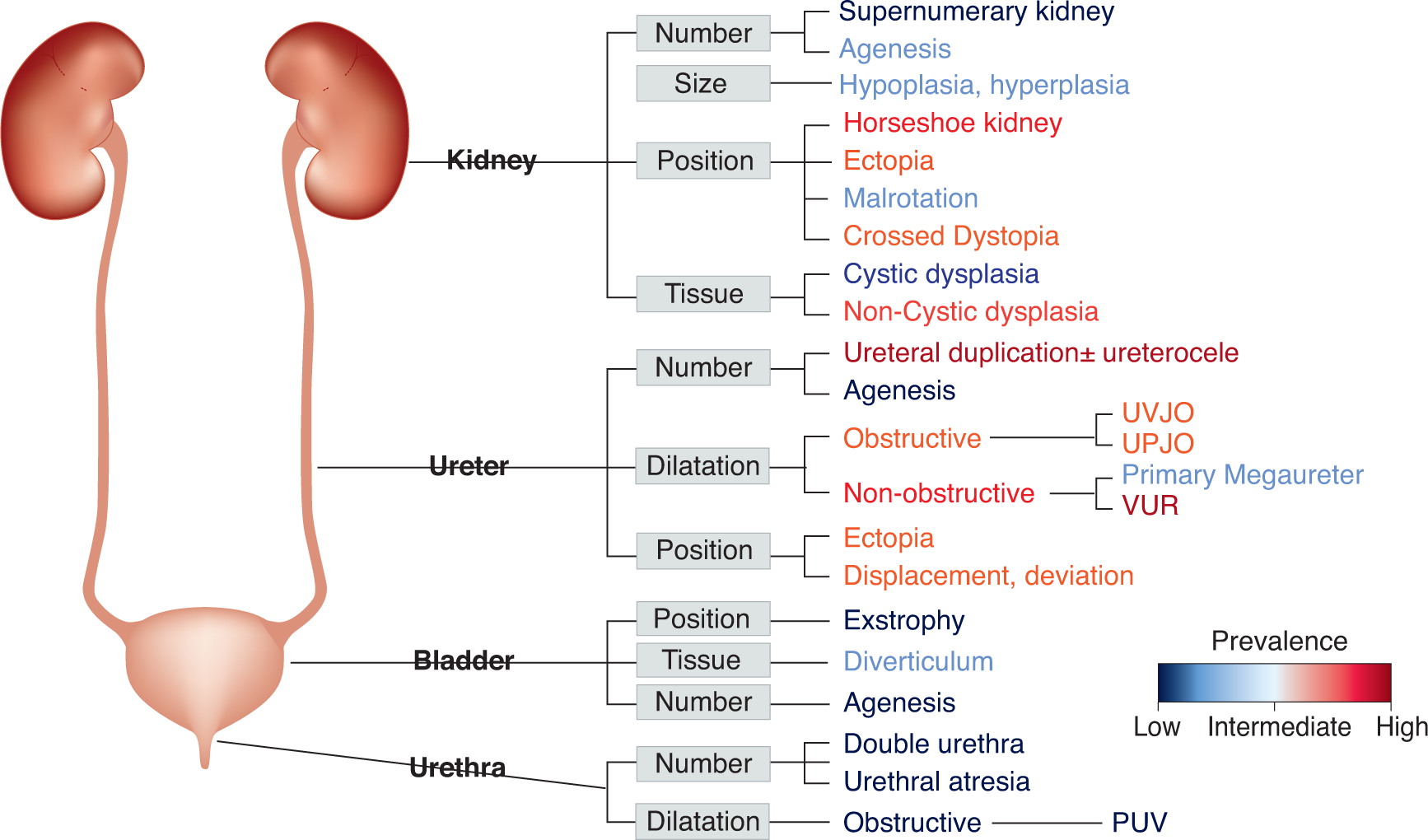Figure 1. Schematic of the human kidney system depicting proximity and prevalence based distribution of congenital anomalies of kidney and urinary tract.

Topological subdivision of the phenotypic complexity of CAKUT delineated at the anatomical structural level. This classification is commonly used for clinical purposes. The coloring scale reflects the estimated prevalence of conditions represented in the figure on the basis of large scale cohort and autopsy study findings 30, 32, 35. The prevalence estimates of conditions range from rare (urethral atresia: 1 in 100,000)31, (bladder exstrophy: 1 in 50,000)34, to common (vesicoureteral reflux and duplicated ureter: 1/100)29, 33.
